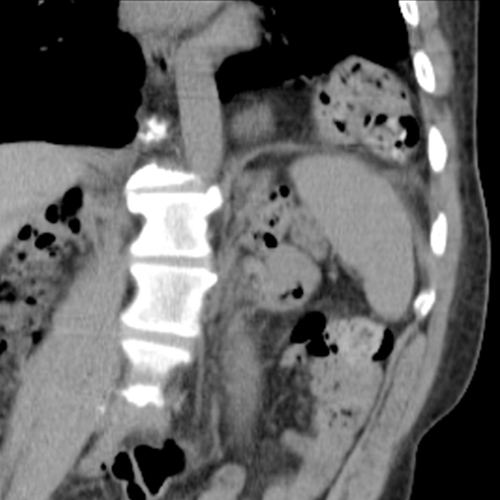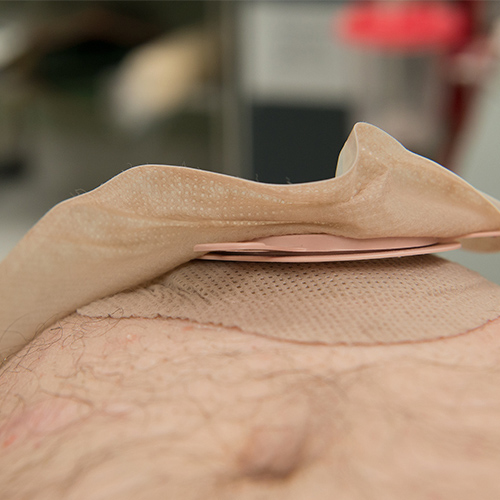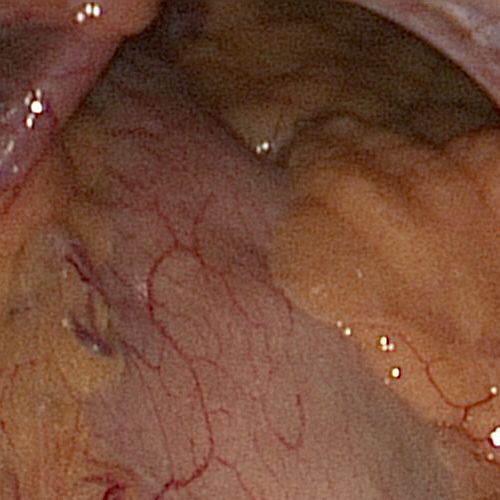A hernia refers to the protrusion of an abdominal organ through an area of weakness in the abdominal wall. An internal hernia refers to protrusion of a visceral organ through the peritoneum, foramen or mesentry with the organ remaining within the abdominal cavity. In internal hernias, a swelling on the abdominal wall associated with external hernias is absent. Examples of internal hernias include diaphragmatic hernia, hiatal hernia, sigmoid mesocolon hernia, Winslow hernia, tranmesentric hernia among others. Internal hernias are more common after gastric bypass surgery. Due to lack of physical signs associated with an external hernia, the diagnosis of an internal hernia is often difficult to make. The symptoms are due to the local effect that a hernia causes. For instance a hiatal hernia will present with gastro esophageal reflux disease. Treatment of internal hernias is usually surgical.








